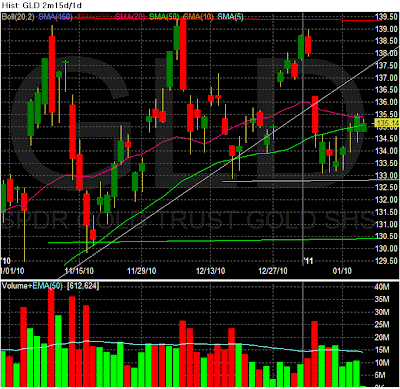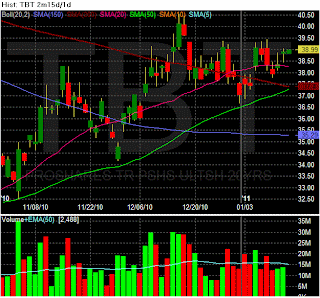New Hit to Strapped States
Borrowing Costs Up as Bond Flops; Refinancing Crunch Nears
By MICHAEL CORKERY And IANTHE JEANNE DUGAN
Borrowing Costs Up as Bond Flops; Refinancing Crunch Nears
By MICHAEL CORKERY And IANTHE JEANNE DUGAN
With the market for municipal bonds tumbling, cities, hospitals, schools and other public borrowers are scrambling to refinance tens of billions of dollars of debt this year, another sign that the once-safe market is under duress.
Fed Moves To Gut Predatory Lending Regulation
The Federal Reserve is pushing a new mortgage regulation that would effectively eliminate the most powerful federal remedy for predatory lending.
Jobless Claims Jump, Wholesale Food Costs Surge
Published: Thursday, 13 Jan 2011 | 9:31 AM ET
Published: Thursday, 13 Jan 2011 | 9:31 AM ET
U.S. jobless claims jumped to their highest level since October while food and energy costs boosted producer prices, pointing lingering headwinds for an economic recovery that had been showing renewed vigor.
A surge in exports to their highest level in two years helped narrow the trade deficit, however, an encouraging sign.
Banks repossessed 1 million homes last year — and 2011 will be worse
First quarter of the year will likely show a rebound in foreclosure activity By JANNA HERRON – NEW YORK —
The bleakest year in foreclosure crisis has only just begun. Lenders are poised to take back more homes this year than any other since the U.S. housing meltdown began in 2006. About 5 million borrowers are at least two months behind on their mortgages and more will miss payments as they struggle with job losses and loans worth more than their home’s value, industry analysts forecast.
First quarter of the year will likely show a rebound in foreclosure activity By JANNA HERRON – NEW YORK —
The bleakest year in foreclosure crisis has only just begun. Lenders are poised to take back more homes this year than any other since the U.S. housing meltdown began in 2006. About 5 million borrowers are at least two months behind on their mortgages and more will miss payments as they struggle with job losses and loans worth more than their home’s value, industry analysts forecast.















